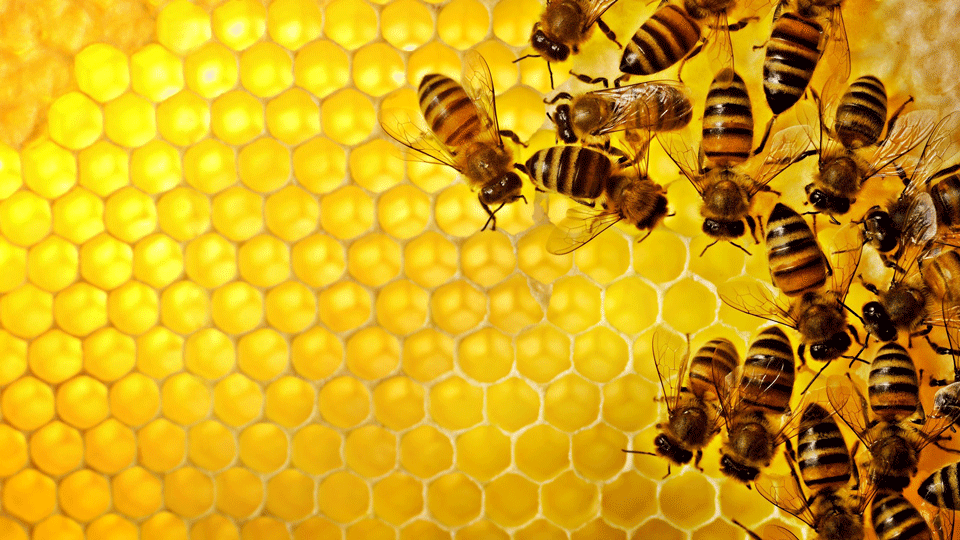
The New Zealand experience together with the Australian experience would indicate that the honey flow during the Leptospermum two-month flowering period in wild populations will sustain around one hive per hectare.
The honey yield could be somewhere between 40 and 50 kg of honey per hive during this period. These projections are based on reports from beekeepers in Australia and New Zealand who regularly work with wild populations of Leptospermum.
It needs to be emphasised that these estimates are going depend on the health and vigour of the hive particularly the provision of reliable and abundant pollen and nectar sources outside the two-month period of the year when the Leptospermum are flowering.
Drought and other climatic factors will also affect flowering and nectar production and consequently the honey yield.
By contrast, though, it can be assumed that a purpose-built, dedicated Leptospermum plantation with optimum spacing with genetically selected plants will potentially produce more flowering and consequently more honey than a wild population of genetically inferior plants.
It seems logical therefore to assume that the carrying capacity of a hectare of the dedicated plantation will consequently be higher. This may be one and half times higher or even double, but at this stage such projections are hypothetical.
Figures of 2 to 4 hives per hectare are being quoted in New Zealand where purpose-built plantation systems are also being planned and implemented, but these estimates are yet to be demonstrated.